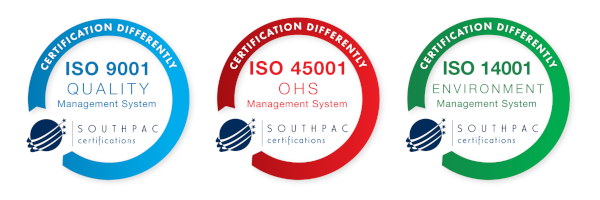Virtus Heritage is committed to the spirit of reconciliation and acknowledges Aboriginal and Torres Strait Islander peoples as the First Australians and the Traditional Custodians of the states and territories of Australia. We recognise the Traditional Owners of the lands we work within. We pay our respect to Elders past, present and emerging in maintaining the culture, country and their spiritual and historical connections to the lands and waters.

© 2023 VIRTUS HERITAGE. ALL RIGHTS RESERVED.
Branding and web design proudly delivered by CAKE TM.
